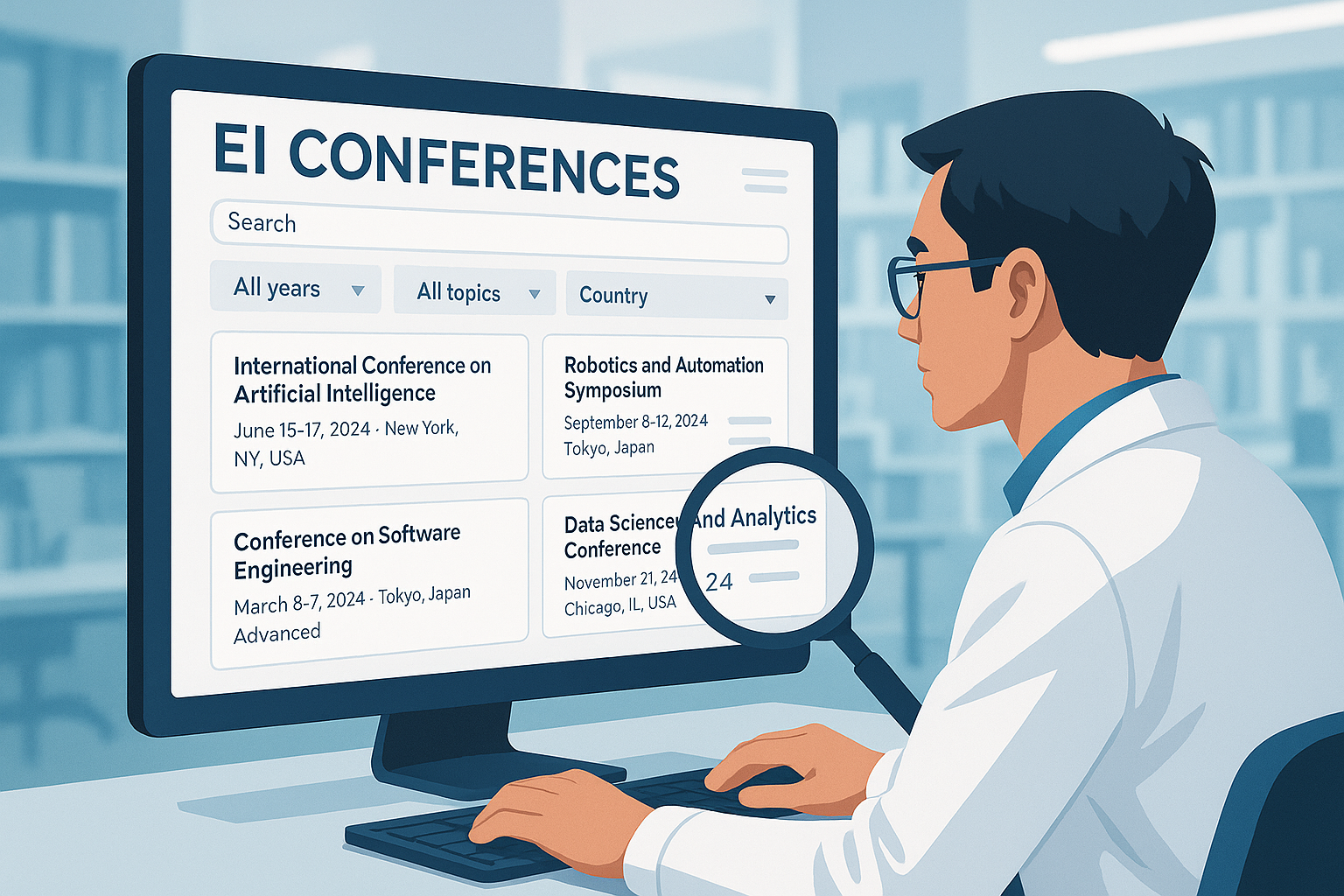If you’re a researcher aiming to present your work at an academic conference, the first thing you’ll encounter is a Call for Papers (CFP). But what does this term really mean? In the academic world, a CFP is a formal invitation for researchers to submit their original work to be considered for presentation at a specific conference. Here's everything you need to know to engage with this process successfully.

A conference call for papers usually contains:
Conference theme and topics: The subjects the event will focus on.
Submission guidelines: Word limits, formatting, and how to submit.
Key dates: Submission deadline, notification of acceptance, camera-ready deadline, and event date.
Presentation formats: Oral, poster, or virtual sessions.
Review process: Whether it's peer-reviewed and how selection is done.
Reading the CFP carefully helps you determine if the event aligns with your research.
Submitting to a CFP allows you to:
Share your findings with a targeted academic audience.
Get valuable feedback from reviewers and attendees.
Build credibility and visibility in your research area.
Strengthen your academic resume through conference presentations and proceedings.
For early-career scholars and graduate students, this is a strategic step in academic development.
To respond to a CFP effectively:
Select a relevant topic based on the conference themes.
Write a concise and impactful abstract that highlights your research goals, methods, and contributions.
Follow all formatting instructions strictly.
Submit before the deadline using the specified platform (like EasyChair, CMT, or other portals).
Some conferences allow full papers; others only need abstracts initially.
Once submitted, your paper typically goes through:
Peer review: Experts in the field evaluate your submission.
Acceptance notification: You’ll be informed if your paper is accepted or requires revision.
Registration: At least one author must register and present the work at the event.
Accepted papers are often published in conference proceedings and indexed in databases like EI, Scopus, or IEEE Xplore, depending on the event's quality.
Reliable platforms are essential for finding the right CFPs. One trusted resource is iconf.org — a curated academic conference portal that:
Lists active and upcoming CFPs across various disciplines.
Provides submission deadlines and paper requirements.
Helps researchers track high-quality events efficiently.
A conference call for papers is your opportunity to join academic conversations, gain visibility, and grow professionally. With a clear understanding of how CFPs work and where to find them, you can strategically submit your work and increase your chances of success.
Ready to find your next opportunity? Visit iconf.org to explore active calls for papers and start planning your next submission.